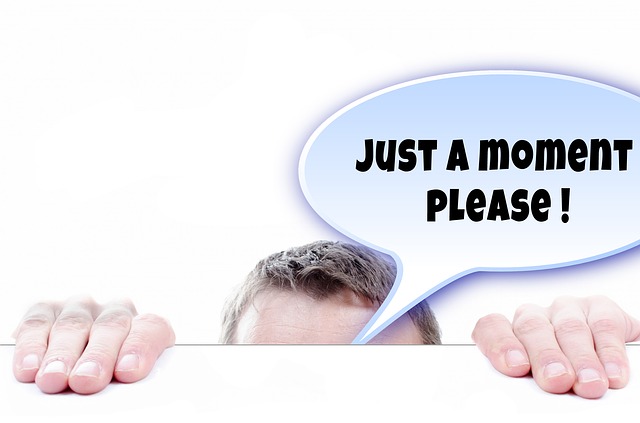Everything I Know About Assessment I Learned from Star Wars
 The Force is Strong
The Force is Strong
The forces driving educational assessment are powerful. We are bombarded on all sides from testing and measurement packages that promise to deliver results. Repel this force and build your own toolbox of robust and flexible classroom assessment practices.
Teach Like Yoda
Yoda is a patient tutor and also a no-nonsense teacher. By perching on Luke’s shoulder he develops an understanding of the problem from Luke’s view and creates a personalized learning path that is built on step by step progress towards mastery of the Jedi way. Use embedded formative assessments throughout your teaching and learning to continuously monitor students’ fulfillment of their learning goals.
Why Can’t Anakin Learn?
Don’t be like Anakin when he says, “I’ve heard this lesson before” and Obi Wan replies, “But, you haven’t learned anything.” Anakin wants others to think he knows everything but this may be a ruse to avoid showing his weaknesses or fear of making mistakes. Foster growth mindsets to increase resiliency and bolster success.
Obi-Wan’s Truth
There are many viewpoints on fixing education but as Obi-Wan explained, many of the truths we cling to depend greatly on our own point of view. Seek a balanced and galactic perspective:
- Minimize the politics: Maximize research-based practice
- Gaze through a wide-angle lens: Bring together local needs with large-scale principles
- Teach the whole child: Blend content knowledge with critical thinking, non-cognitive, and social-emotional competencies
- Utilize a comprehensive spectrum of measures: From traditional strategies to on the spot formative assessment
As Yoda said, “That which you seek, inside you will find.”
Source: http://www.imdb.com/character/ch0000005/quotes



